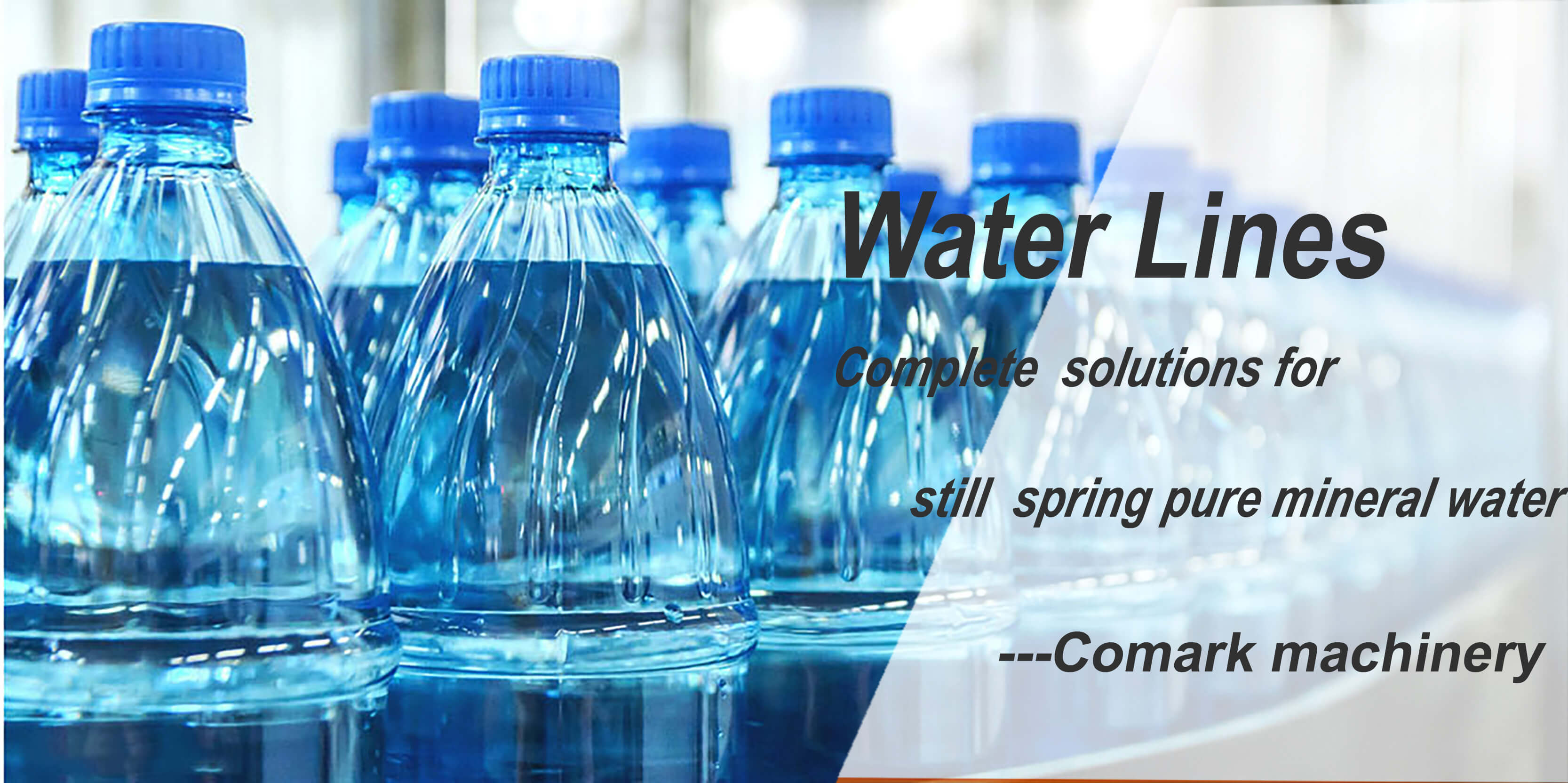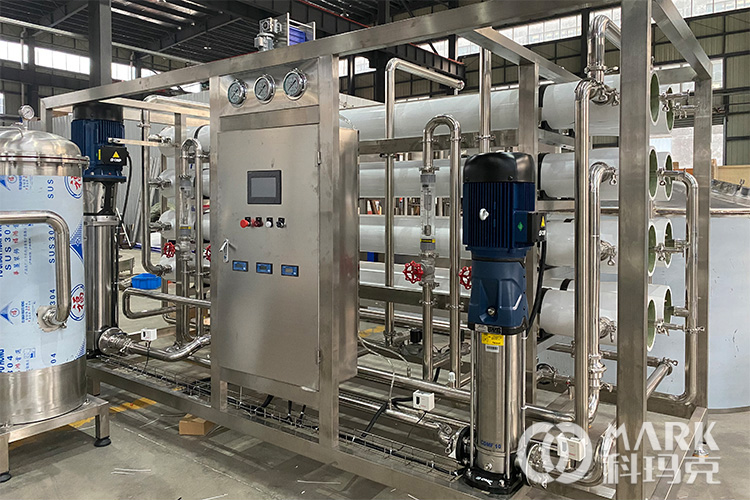Water treatment equipment is an essential equipment for water plants, and the finished water can only meet drinking standards after being filtered and sterilized by the water treatment equipment. The importance of water treatment equipment can be seen. So what equipment is included in the water treatment equipment? How to choose when the water plant is on the equipment?

There are three main types of water treatment: nanofiltration, reverse osmosis, and ultrafiltration.

Nanofiltration: Nanofiltration (NF) is a pressure-driven membrane separation technology between ultrafiltration and reverse osmosis. Compared with other technologies, nanofiltration appeared relatively late. Nanofiltration membranes are mostly derived from reverse osmosis membranes. Because there is a uniform ultra-thin desalination layer on the surface of nanofiltration membrane, it is much looser than reverse osmosis membrane, and its operating pressure is lower than that of reverse osmosis, so nanofiltration is also called loose reverse osmosis or low pressure reverse osmosis.

Reverse osmosis: also known as reverse osmosis, the main equipment is RO (Reverse Osmosis) reverse osmosis membrane, the pore size of the membrane is nano-scale, under a certain pressure, water molecules can pass through the RO membrane and use the reverse osmosis to filter the functional layer. The pore size of 0.0001um filters inorganic salts in the source water, and impurities such as heavy metal ions, organics, colloids, bacteria, and viruses cannot pass through the RO membrane, so that the pure water that can pass and the concentrated water that cannot pass can be clearly distinguished.

Ultrafiltration: Ultrafiltration is a membrane separation technology, which takes pressure as the driving force (001~0.03MPa), and uses the dense and fine pore size (1um~0.01um) of the ultrafiltration membrane to filter the insoluble impurities in the liquid. The physical sieving process of separation removes suspended solids, bacteria, colloids and other pollutants in water.
What is the difference between different water treatment equipment? How to choose equipment?
Nanofiltration can remove impurities with a molecular weight of about 0.001 microns, and reverse osmosis has higher filtration accuracy, and can remove solutes with molecular weights less than 0.0001 microns. The filtration precision of ultrafiltration is only 0.001-0.1 microns.
Ultrafiltration can filter out harmful substances such as sediment, suspended solids, colloids, bacteria, etc. in water, and can retain some beneficial minerals. It has large flow and low cost. It is an important process for the production of mineral water and mountain spring water. Compared with reverse osmosis, nanofiltration technology has low operating pressure and is more water-saving and environmentally friendly, and is generally used in environments with low filtration accuracy. The filtration precision of reverse osmosis is high, which can filter out bacteria and various magazines in the water, and the proportion of wastewater produced is also high, which is suitable for the manufacture of pure water and ultrapure water.
In actual production, the selection of water treatment equipment should be based on the quality report of the raw water. If manufacturers need to purchase water treatment equipment, they must go to a professional place to test the water quality.
By continuing to use the site you agree to our privacy policy Terms and Conditions.